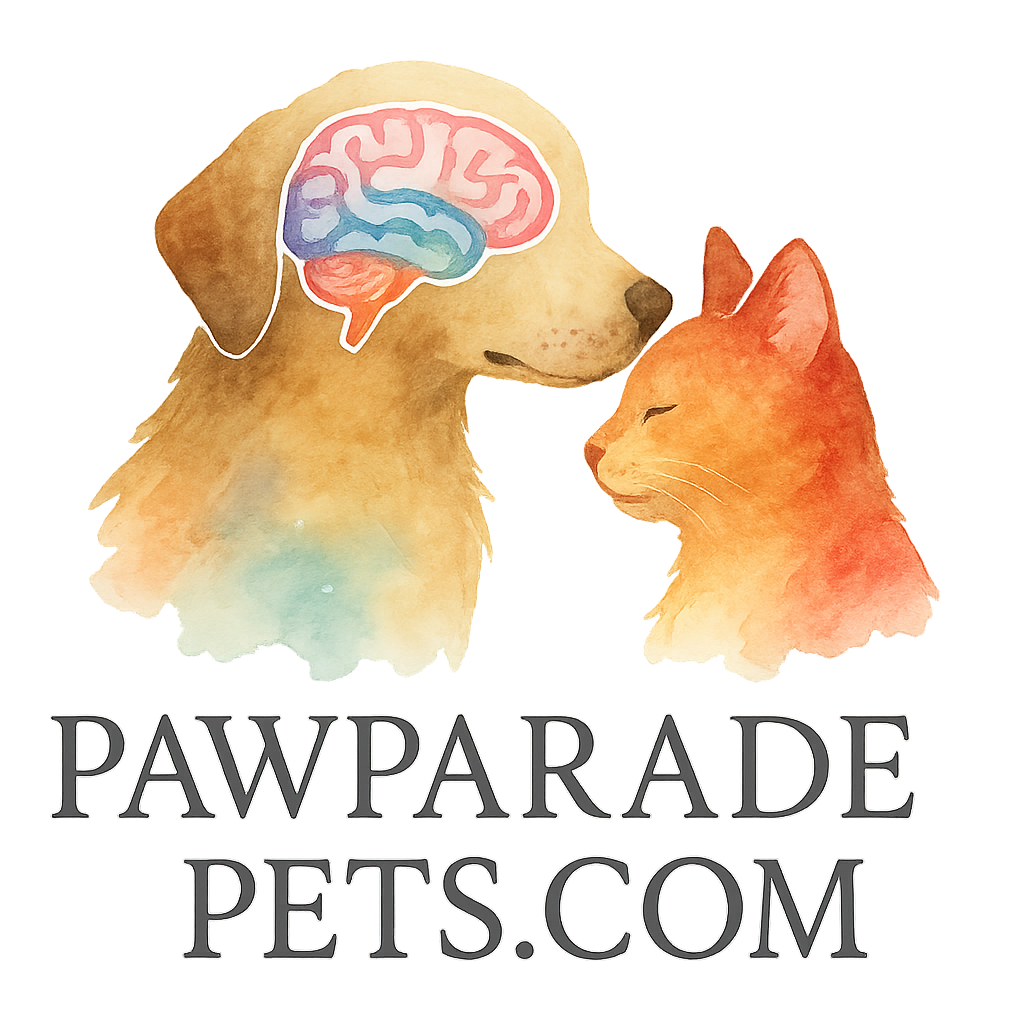Ever wondered how you can take your pet’s smarts to the next level? Training your furry friend to perform multistep tasks is one of the best ways to do that! Not only does this keep them mentally sharp, but it also deepens your bond and helps with behavior and obedience. In this guide, we’ll explore 9 effective ways to train your pet’s brain using fun and challenging multistep tasks. Ready to turn your pet into a genius? Let’s dive in!
Why Brain Training for Pets Matters
Keeping your pet’s brain engaged is just as important as keeping their body active. Many behavioral problems stem from boredom or lack of mental stimulation. A well-exercised brain leads to a happy, well-behaved, and emotionally balanced pet.
Understanding Multistep Tasks
What Are Multistep Tasks?
Multistep tasks are activities that require your pet to perform a sequence of actions to achieve a goal. Think of it like solving a puzzle: instead of doing just one simple command, they need to remember and complete multiple steps.
Benefits of Multistep Tasks for Pets
- Boosts intelligence and problem-solving skills
- Improves obedience and discipline
- Increases focus and attention span
- Strengthens your bond through interactive engagement
- Helps reduce boredom and associated destructive behaviors
If you’re looking for more details on the cognitive advantages, check out Advanced Cognitive Challenges on Paw Parade Pets.
Getting Started with Brain Training
Setting Goals for Your Pet’s Brain Training
Every pet is different! Start by deciding what you want to accomplish: do you want to improve basic behavior and obedience, or are you aiming for advanced mental exercises? Setting clear goals helps track progress and keeps the training consistent.
Choosing the Right Tools and Toys
You don’t need fancy gadgets (though they do help). Basic household items can be transformed into tools for brain training.
Interactive Toys and Gadgets
Look at Tools & Toys for Brain Training for ideas. Items like puzzle feeders, treat-dispensing toys, and interactive games can really boost your pet’s brainpower.
Brain-Boosting Games
For inspiration, visit Games & Activities. From classic fetch with a twist to hide-and-seek with their favorite toy, the options are endless.
9 Ways to Train Pets’ Brain with Multistep Tasks
1. Teach “Clean Up Your Toys” Game
This is a fantastic task that combines memory and physical activity.
Start by teaching your pet to pick up one toy and drop it in a basket. Gradually increase the number of toys and introduce a specific order. They’ll soon be tidying up after themselves!
2. Use Puzzle Feeders with Sequential Steps
Puzzle feeders aren’t just for slow eating. Choose ones that require multiple actions—like sliding, flipping, and pulling tabs—to release the food. It’s a great way to develop problem-solving skills.
You can explore more puzzle ideas in the Brain Training Basics section.
3. Introduce Interactive Games and Activities
Play games that require your pet to follow a sequence. For example, have them sit, shake, spin, then jump. You can chain commands together to create more advanced tasks over time.
More ideas here: https://pawparadepets.com/tag/games

4. Teach Advanced Commands and Sequences
Commands like “Go get your leash,” “Bring it here,” and “Wait” involve understanding both language and context. Work up to combining these into full routines like preparing for a walk.
More tips: https://pawparadepets.com/tag/commands
5. Create a DIY Obstacle Course
Use cushions, chairs, tunnels, and hoops to create an indoor obstacle course. Encourage your pet to follow a specific route in order. This stimulates both mind and body!
Looking for more creative setups? Visit: https://pawparadepets.com/tag/activities
6. Train for Object Recognition and Retrieval
Teach your pet the names of their toys or household objects. Once they can reliably identify items, ask them to retrieve specific ones in order.
Boost their knowledge and language understanding with this fun game!
7. Use Advanced Cognitive Challenges
As your pet masters easier tasks, step it up! Introduce advanced cognitive challenges that require memory, sequencing, and flexibility. Try rotating toys or adding new steps to familiar games.
8. Combine Physical and Mental Exercises
Want to keep your pet happy and healthy? Combine physical activity with mental challenges. For example, have them run an obstacle course where they must stop and solve a puzzle halfway through.
More about the health benefits: https://pawparadepets.com/tag/health
9. Use Timed Problem-Solving Games
Give your pet a set time to complete a task—like opening a puzzle box or fetching an item from another room. Timed tasks help develop focus, determination, and resilience.
Check out gadgets that can help: https://pawparadepets.com/tag/gadgets
Tips for Effective Brain Training
Keep Sessions Short and Fun
Aim for 5-10 minute sessions to prevent mental fatigue. Always end on a positive note so your pet stays motivated for next time.
Be Patient and Use Positive Reinforcement
Encourage your pet with treats, praise, or play. Celebrate small successes—learning multistep tasks takes time!
Gradually Increase Complexity
Don’t rush it! Start simple, then add steps as your pet gains confidence. For example, progress from one command to three linked commands over a few weeks.
Common Challenges and How to Overcome Them
It’s normal to hit roadblocks. Maybe your pet loses interest or seems confused. If that happens:
- Break the task down into smaller parts
- Use higher-value treats
- Give them a break, then try again later
Stay patient! Consistency and positivity work wonders.
How Often Should You Train Your Pet’s Brain?
A little bit every day is best. Aim for 10-15 minutes of brain training daily. If that’s too much, even 3 sessions per week can make a big difference!
Conclusion
Training your pet’s brain with multistep tasks is one of the most rewarding ways to boost their intelligence and improve behavior. From puzzle feeders to advanced command chains, the possibilities are endless. The key is to start simple, stay consistent, and most of all—have fun!
Want more ideas? Head over to Paw Parade Pets for a treasure trove of resources, from behavior and obedience tips to brain-training basics and the latest tools and toys.
Now grab some treats and toys and start turning your furry friend into the next canine or feline Einstein!
FAQs
1. What age should I start brain training my pet?
Start as young as possible! Puppies and kittens are sponges for learning, but older pets benefit just as much.
2. Can senior pets do multistep tasks?
Absolutely! In fact, brain training can help older pets stay sharp and mentally engaged.
3. How do I know if the tasks are too hard?
If your pet seems frustrated or loses interest, simplify the task. Build up gradually.
4. Do I need expensive toys for brain training?
Nope! While gadgets can help, many DIY options work perfectly. For ideas, visit https://pawparadepets.com/tag/devices.
5. Is brain training suitable for all pets?
Yes—dogs, cats, even rabbits and birds can enjoy brain games!
6. How can I track my pet’s progress?
Keep a journal! Note which tasks they complete, how quickly, and how their focus improves over time.
7. Where can I find more ideas for brain games?
Explore all the fun options at Paw Parade Pets — your go-to resource for all things brainy and fun!


